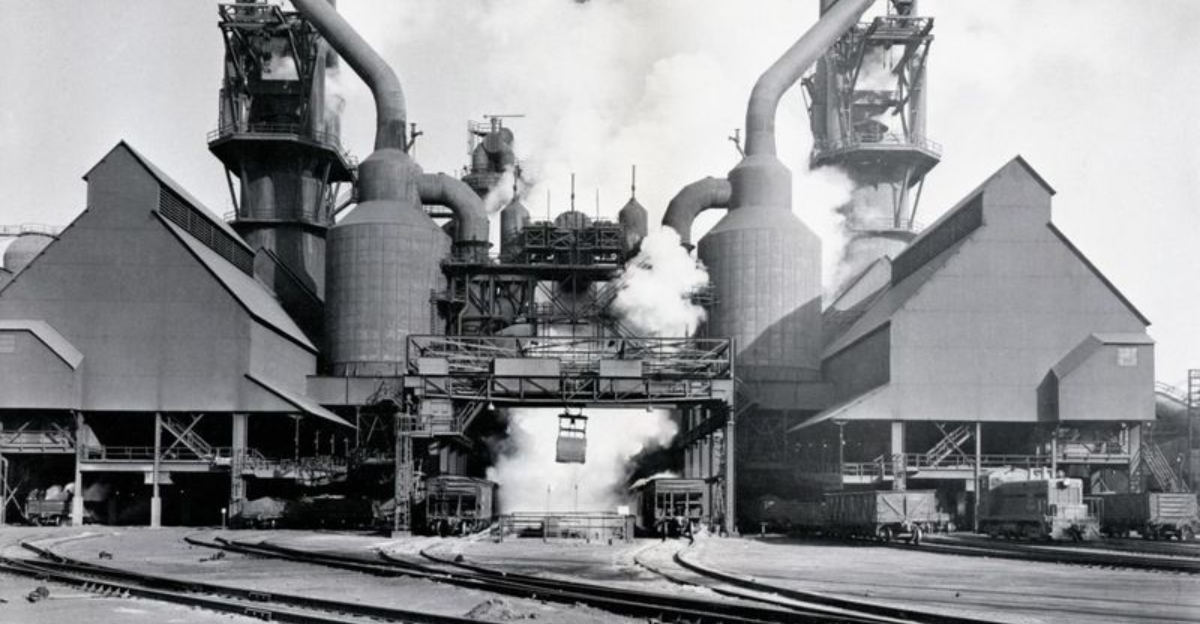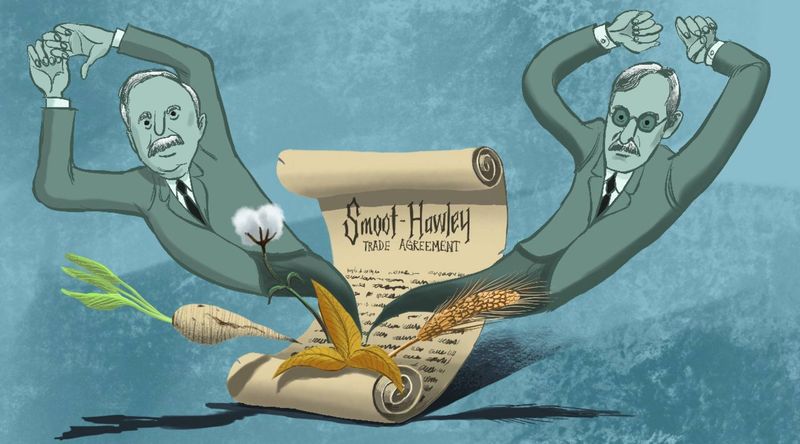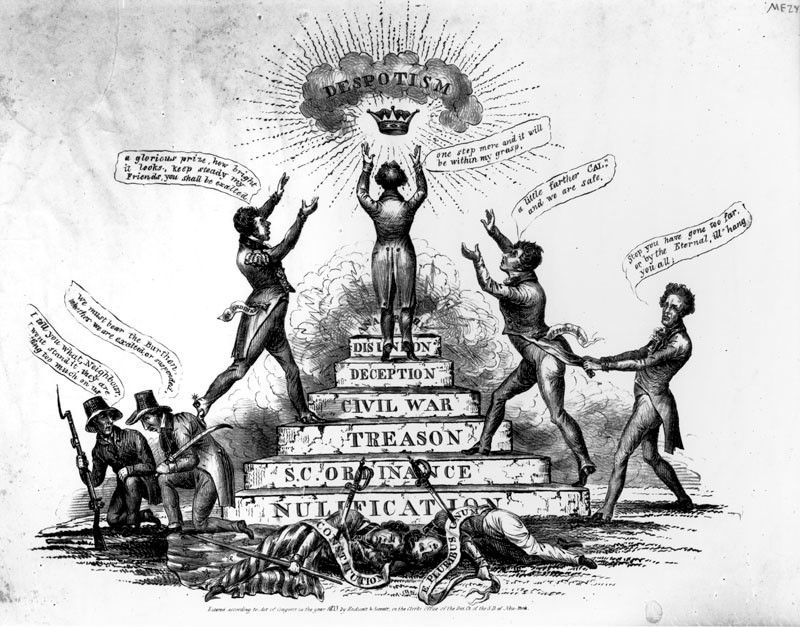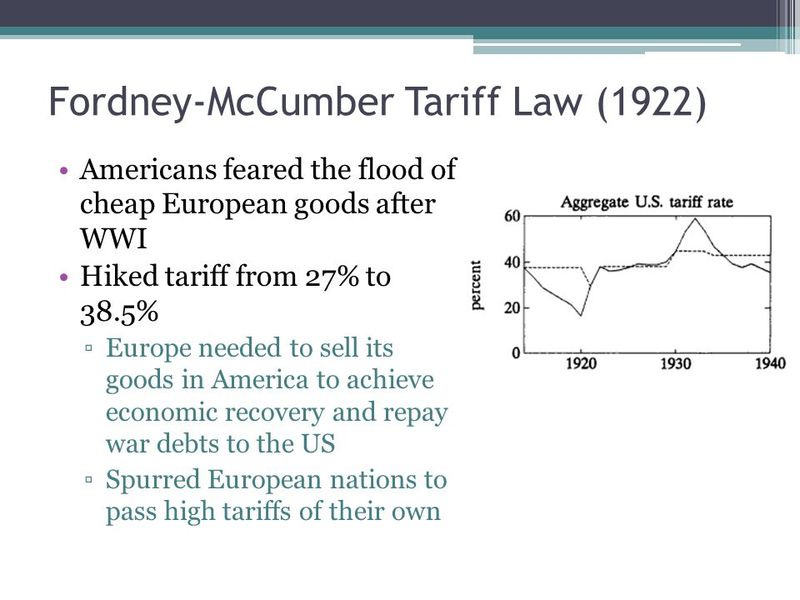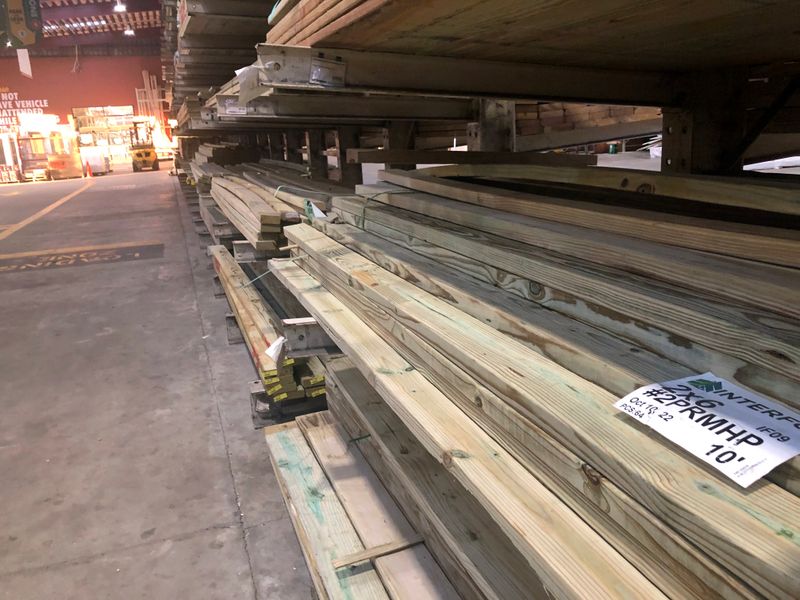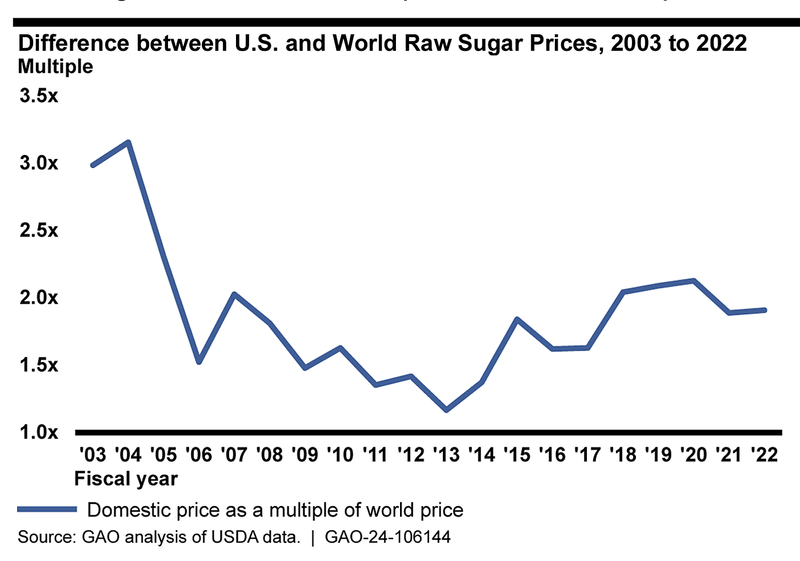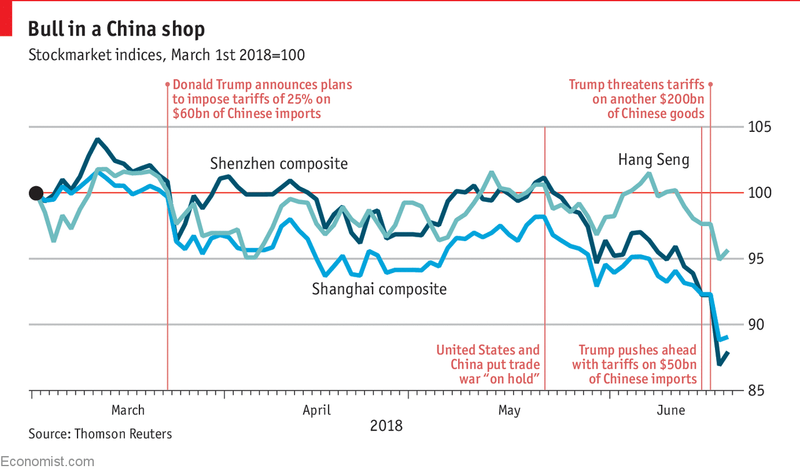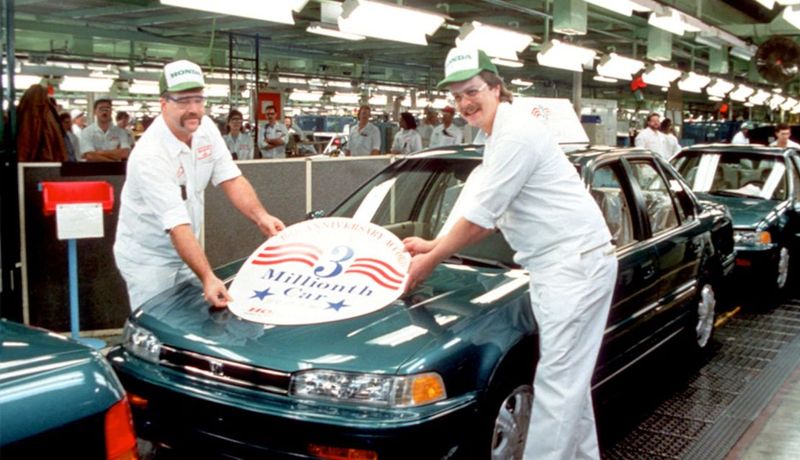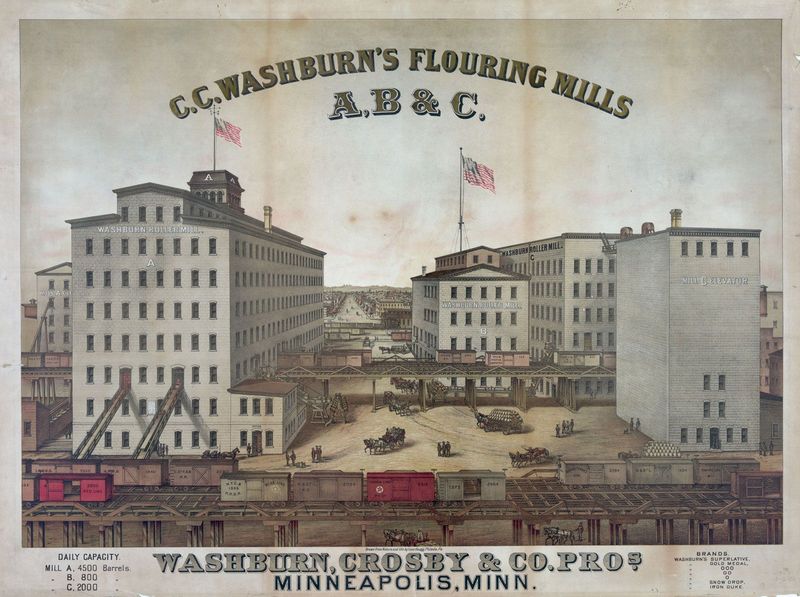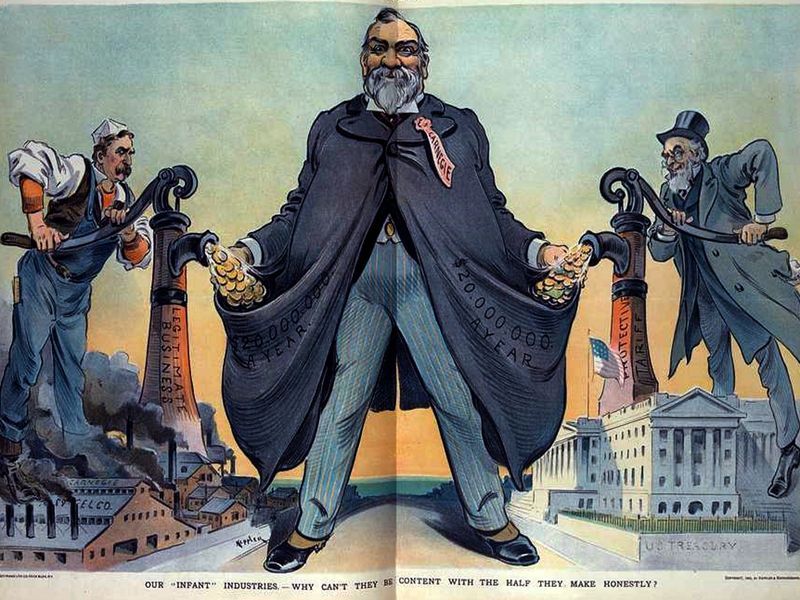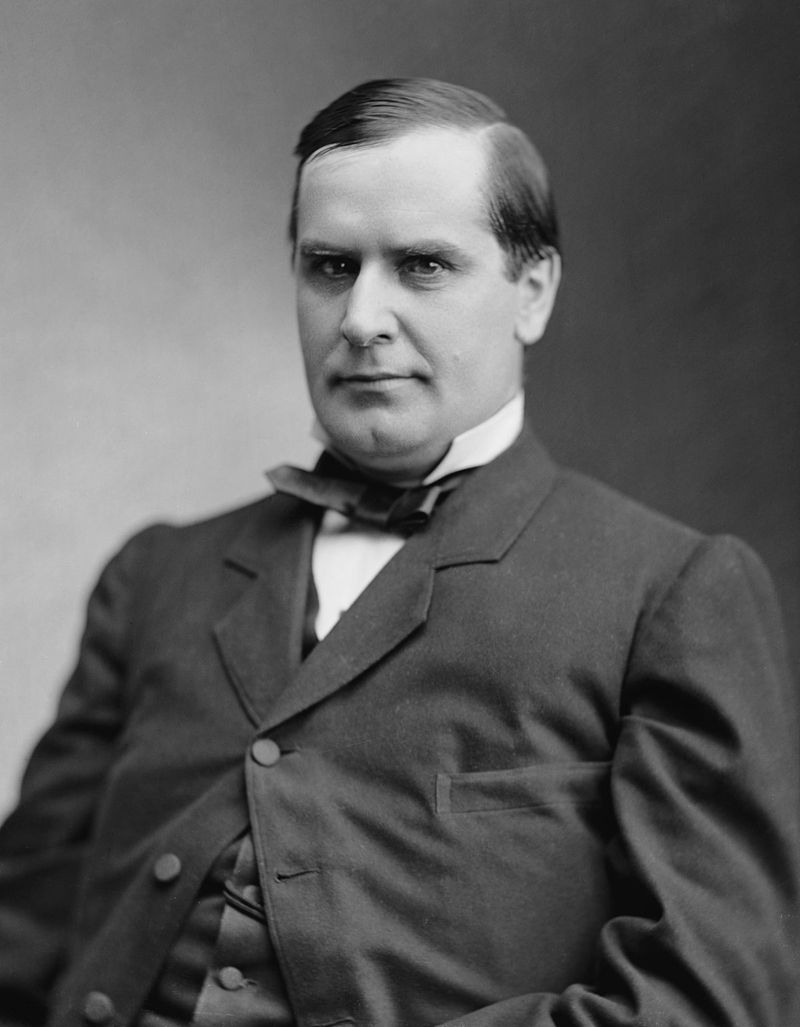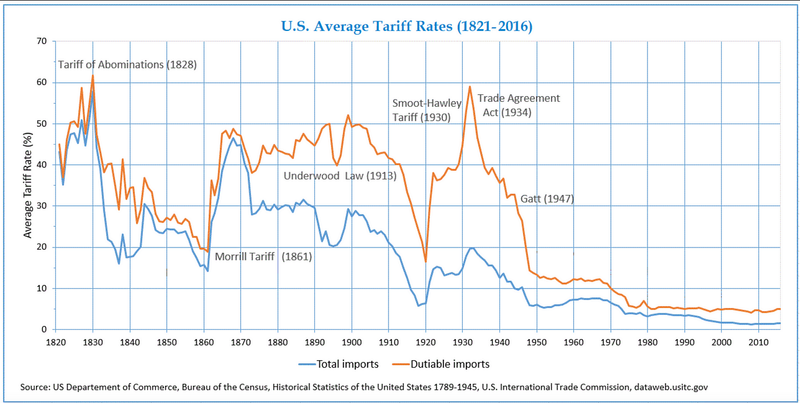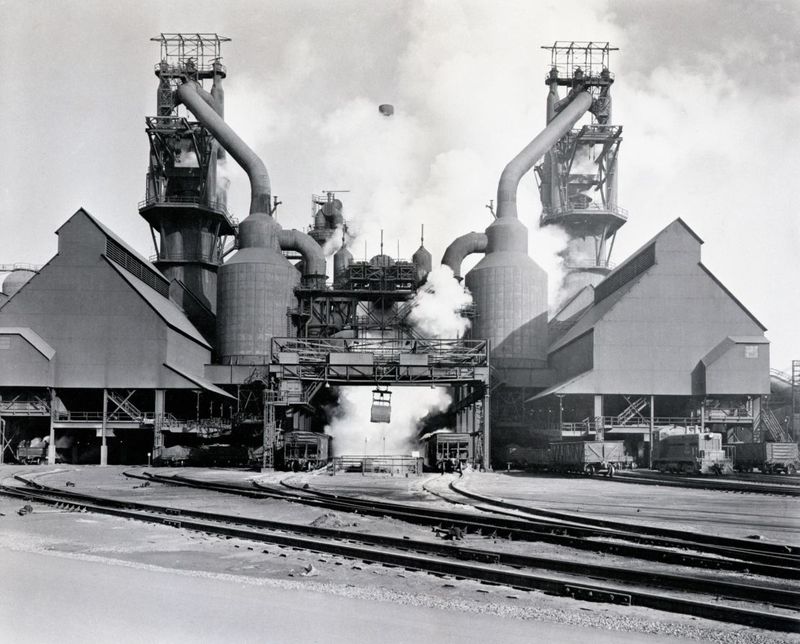Tariffs have been a double-edged sword in U.S. history, at times safeguarding fledgling industries and at others, inciting economic turmoil. This blog post explores ten tariffs that led to economic disasters and five that fortified the U.S. economy, offering insights into the intricate balance policymakers must achieve when implementing these taxes.
Smoot-Hawley Tariff Act (1930)
The Smoot-Hawley Tariff Act of 1930 remains infamous for its role in worsening the Great Depression. By raising tariffs to unprecedented levels, it triggered international retaliation, shrinking global trade. Imagine the bustling ports suddenly quiet, ships docked with unused cargo. The act’s aim to protect American farmers and manufacturers backfired dramatically, as other countries imposed their own tariffs. This led to a vicious cycle of reduced imports and exports. Its legacy is a stark reminder of how protectionist policies can sometimes do more harm than good. Economists still reference it as a cautionary tale in trade policy.
Tariff of Abominations (1828)
Dubbed the ‘Tariff of Abominations,’ this 1828 tariff was designed to protect Northern industries by imposing high duties on imported goods. The South, reliant on foreign trade, felt severely disadvantaged. Picture cotton fields under a sun that now seems harsher, as Southern economies struggled. This tariff intensified regional tensions, leading to the Nullification Crisis. South Carolina, in defiance, declared the right to nullify federal laws it deemed unconstitutional. This historical episode underscores how economic policies can exacerbate existing discord and how regional balance is crucial in national legislation.
Fordney–McCumber Tariff (1922)
The Fordney–McCumber Tariff of 1922 aimed to protect American industries with increased duties on imports. However, it inadvertently sparked tit-for-tat tariffs from other nations, leading to a decline in international trade. Picture factories with less demand, their outputs piling up. American farmers and exporters suffered as markets shrank, showcasing how protective measures can boomerang. The tariff’s impact highlighted the delicate nature of global trade relationships and the potential pitfalls of isolationist policies. It serves as an example of how economic isolation can sometimes backfire.
Chicken Tax (1964)
In a quirky twist of trade wars, the Chicken Tax of 1964 saw the U.S. imposing a 25% tariff on light trucks. This move was retaliation for European tariffs on American chicken. Imagine the clucking of political negotiations amidst rows of unsold vehicles. While it protected domestic truck manufacturers, it limited consumer choices and led to long-lasting trade tensions. This tariff is a testament to how retaliatory measures can have unintended consequences, affecting industries far removed from the original dispute. It’s a reminder of the interconnectedness of global markets.
Steel Tariffs (2002)
In 2002, President George W. Bush’s steel tariffs aimed to protect domestic producers but ended up increasing production costs for steel-consuming industries. The clanking of machinery couldn’t drown out the financial strain imposed on industries relying on affordable steel. These tariffs resulted in job losses and were eventually deemed illegal by the World Trade Organization, leading to their repeal. The short-lived policy illustrates the complex balance between protecting local industries and maintaining competitive markets, highlighting the nuanced challenges in crafting effective economic policies.
Washing Machine Tariffs (2018)
Intended to protect American manufacturers, the 2018 tariffs on washing machines caused prices to rise, hitting consumers’ wallets hard. Picture shoppers scanning price tags, their brows furrowed in frustration. Though some domestic jobs were created, the cost per job was steep. This case demonstrates how protective tariffs can lead to higher consumer prices, sparking debates on their true economic value. It serves as a modern example of the delicate balance between safeguarding local industries and ensuring consumer affordability.
Softwood Lumber Dispute (1982–present)
The ongoing softwood lumber dispute between the U.S. and Canada has seen tariffs raise the cost of building materials. Visualize timber yards with stacks of wood, their price tags climbing higher. While intended to support U.S. producers, these tariffs have strained trade relations and increased costs for American builders and homebuyers. This long-standing economic tug-of-war exemplifies the complexity of trade disputes and their far-reaching implications on domestic and international relations.
Sugar Tariffs
Long-standing tariffs on imported sugar have kept domestic prices high, benefiting U.S. producers but at a cost to consumers and industries reliant on sugar. Imagine fields of sugarcane swaying in the wind, their sweet promise overshadowed by economic imbalance. These tariffs illustrate how protectionist policies can create market distortions, leading to higher prices for everyday products. The impact on consumers and industries reliant on affordable sugar raises questions about the sustainability of such economic strategies. It’s a bittersweet story of protection versus cost.
Tariffs on Chinese Goods (2018–2020)
The tariffs on Chinese goods from 2018 to 2020 aimed to address trade imbalances but resulted in retaliation from China. Picture bustling ports, now facing blockades, as trade winds shift dramatically. These measures harmed U.S. exporters, especially in the agricultural sector, and increased costs for American consumers. The situation highlights the complexities of global trade dynamics and the risks of escalating trade tensions. It serves as a modern reminder of the interconnected nature of today’s global economy.
Automobile Tariffs (1980s)
The 1980s saw tariffs on Japanese automobiles, intended to protect U.S. car manufacturers. Imagine rows of shiny cars, bearing price tags that climbed higher due to policy decisions. While aimed at protecting domestic producers, these tariffs led to higher car prices and did not significantly improve American competitiveness. This period underscores the challenges of balancing protectionist policies with consumer interests and market competitiveness, serving as a cautionary tale for policy makers.
Tariff of 1816
The Tariff of 1816, America’s first protective tariff, aimed to shield its burgeoning industries from British competition post-War of 1812. Imagine newly built factories, their chimneys puffing with the promise of industrial growth. It fostered domestic manufacturing, providing a crucial boost to emerging industries. This tariff is often seen as a foundational step in America’s industrialization journey, demonstrating how carefully crafted tariffs can nurture local economic development. It’s a historical example of strategic economic protectionism.
Morrill Tariff (1861)
The Morrill Tariff of 1861 was implemented to raise revenue and protect American manufacturing during the Civil War. Picture Northern factories buzzing with activity, a contrast to the wartime chaos. It contributed significantly to the rapid industrialization of the Northern states, showcasing how tariffs can bolster economic growth during challenging times. This policy is a testament to the role of tariffs in fostering industrial resilience and national economic strength.
McKinley Tariff (1890)
The McKinley Tariff of 1890 raised duties on imports to protect domestic industries. Imagine bustling factories, invigorated by the protective embrace of this economic policy. While controversial, it led to short-term growth in certain sectors, illustrating how targeted tariffs can provide temporary economic boosts. This period reflects the ongoing debate about protectionism and its role in national economic strategies.
Emergency Tariff Act (1921)
The Emergency Tariff Act of 1921 was designed to protect American agriculture from a flood of European imports post-World War I. Picture fields of golden crops, their prices buoyed by the safety net of tariff protection. It provided temporary relief to U.S. farmers, emphasizing the role of tariffs in stabilizing domestic markets during periods of economic uncertainty. This act serves as a reminder of tariffs’ potential to offer short-term solutions in turbulent times.
Steel Industry Protection (Post-WWII)
After World War II, tariffs and quotas on steel imports helped rebuild and protect the U.S. steel industry. Envision vast steel mills, their furnaces roaring back to life, underpinning national economic strength. These measures maintained employment and industrial capacity, highlighting how strategic tariffs can support key industries during rebuilding phases. This period exemplifies the careful balancing act needed to protect domestic interests while engaging with the global market.
